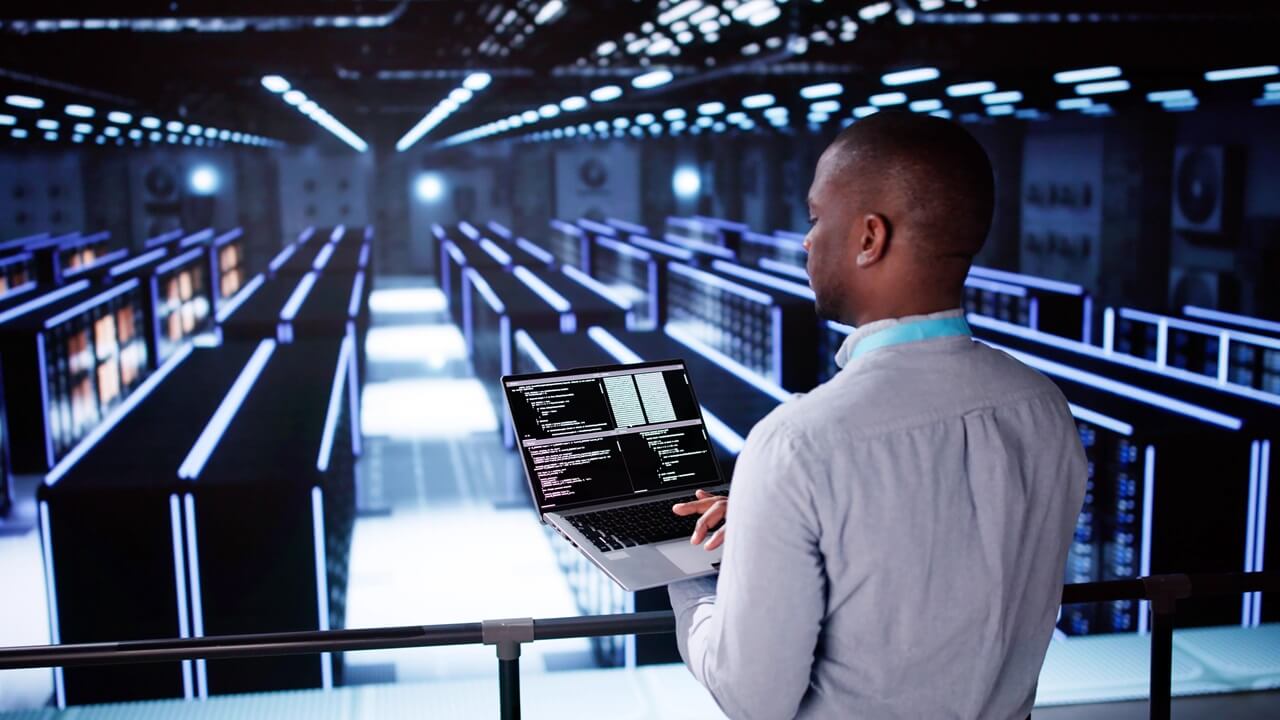How AI is Transforming Data Centers
AI has arrived, and data centers will never be the same. The massive computational workloads required to support generative AI, autonomous systems, and other advanced technologies are pushing current facilities to their limits. By 2030, data centers are expected to reach 35 gigawatts of power consumption annually, up from 17 gigawatts in 2022, according to McKinsey & Company.

Vivian Lee, a managing director and partner with Boston Consulting Group, notes that AI is fundamentally reshaping the data center landscape, not just in scale but also in purpose. “What used to be infrastructure built to support enterprise IT is now being retooled to meet the massive and growing demands of AI, particularly large language models,” she says.
Rapid Growth and Changing Infrastructure
Graham Merriman, leader of Rogers-O’Brien Construction’s data center projects, observes that AI is driving major changes in how data centers are designed and built, especially in terms of density. “We’re seeing more computing and more power packed into tighter footprints,” he explains. “That shift is also reshaping the supporting infrastructure, particularly cooling.”
Gordon Bell, a principal at Ernst & Young, notes that AI is accelerating data center industry growth beyond any previous market expectations. “This dynamic not only results in higher power, capital, and resource requirements to develop new data centers, but it also changes the ways large data center users approach lease versus buy, market selection, and data center design decisions,” he explains.
Operational Impact and Challenges
The shift to AI-driven operations requires more power and cooling throughout data centers. Steve Carlini, chief data center and AI advocate at Schneider Electric, predicts that traditional data centers will face significant challenges in adapting to AI-powered operations. “Many legacy facilities weren’t designed to support the high-power densities and cooling requirements needed for AI applications,” he observes.
To manage these challenges, facilities are moving toward closed-loop cooling systems that help reduce water usage and improve thermal efficiency. David Hunt, senior director of development operations at TransUnion, notes that AI optimizes energy consumption and reduces cooling expenses, but the increased power demand for AI workloads can also drive up energy costs.
Future Outlook
Gordon Bell predicts that AI will continue driving record-setting levels of data center development over the next several years. “At the same time, GPU manufacturers have announced product roadmaps that include even more power-hungry chips,” he says. “These dynamics will continue to shape industry growth.”
David Hunt emphasizes that integrating AI into data centers isn’t just about technology; it’s also about strategic planning and investment. “Organizations need to consider the long-term benefits and challenges of AI adoption, including the environmental impact and the need for skilled personnel to manage these advanced systems,” he states.


